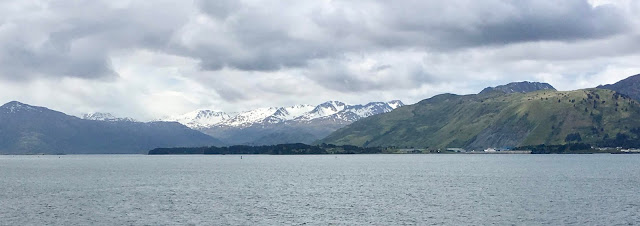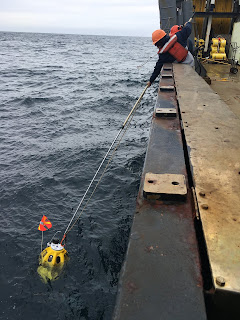Scientific background
Why study the Hawaiian-Emperor Seamount Chain?
 |
| Bathymetric map of Hawaiian-Emperor Seamount Chain |
Understanding the way that the oceanic plate bends and deforms in response to the load of the island chain is also important for assessing hazards for the Hawaiian island region. Faults form in the oceanic plate due to this bending; these faults generate earthquakes beneath and around Hawaii.
Seismic imaging of geology beneath the seafloor
 |
| Map of data collected during expedition around Hawaiian Islands |
Funded by the National Science Foundation




Comments